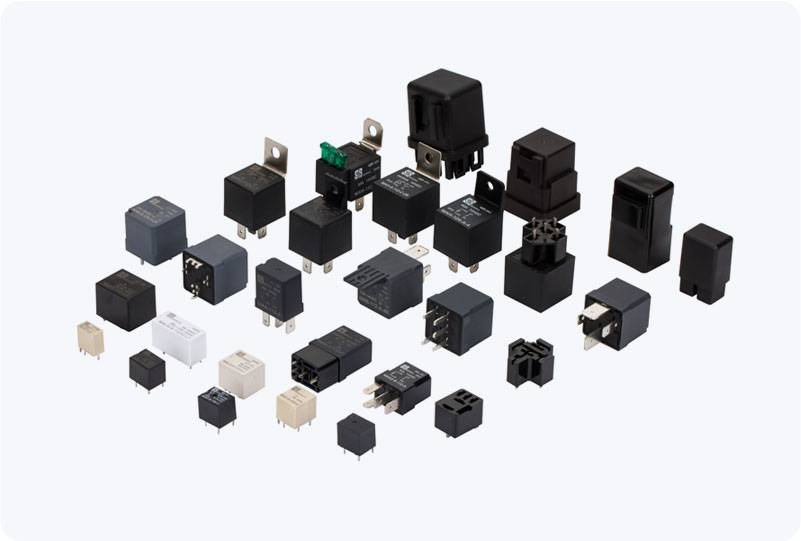Automotive relays play a critical role in the modern vehicle, serving as essential components for controlling electrical circuits. These small yet powerful devices regulate the flow of electrical power to various car systems, from engines and air conditioning to lighting and window motors. Given the complexity and reliability required in automotive electronics, automotive relays must function efficiently under extreme temperature conditions, which present significant challenges. Whether exposed to the intense heat of the engine compartment or the freezing cold of winter, these relays must maintain their performance, ensuring the smooth operation of a vehicle’s electrical system.

The Impact of Extreme Temperatures on Automotive Relays The automotive environment exposes relays to a wide range of temperatures, from freezing winters at -40°C to the blistering heat of a sun-baked engine compartment, reaching temperatures up to 125°C or more. These extremes can affect both the electrical and mechanical components of the relay, leading to potential failures if not properly designed and engineered. High-Temperature Challenges In the case of high temperatures, automotive relays must withstand the heat generated by the engine and other high-energy components. Extended exposure to high temperatures can cause several issues, such as: